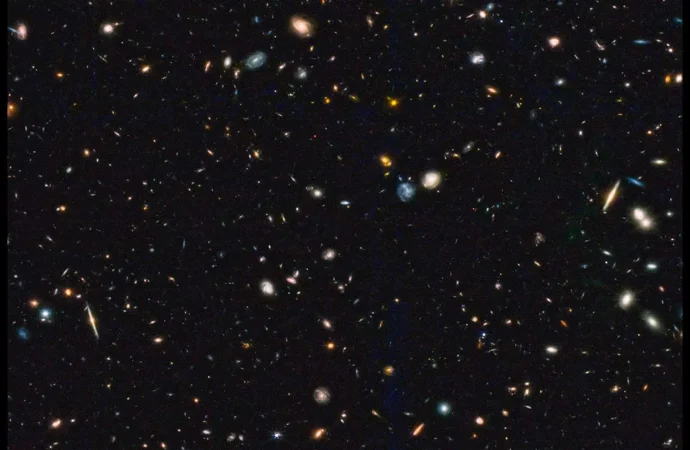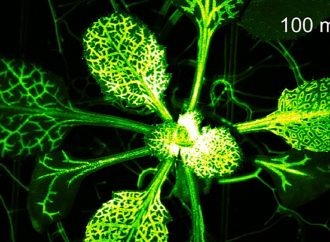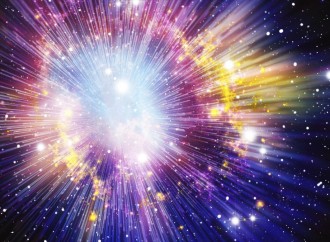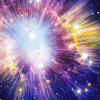Astronomers using the James Webb Telescope think they’ve spotted three ancient and stupendously large stars that could be powered by dark matter, originating around 400 million years after the Big Bang.
Source: Futurism
They’re called “dark stars,” and researchers believe their discovery, as described in a paper published in the Proceedings of the National Academy of Sciences, could help resolve discrepancies in the current cosmological model and deepen our understanding of dark matter.
“Discovering a new type of star is pretty interesting all by itself, but discovering it’s dark matter that’s powering this — that would be huge,” Katherine Freese, co-author of the study and a renowned astrophysicist at the University of Texas at Austin, said in a statement.
Diary of a WIMP
Dark matter is a tricky thing to study. Though scientists believe it makes up roughly 27 percent of the universe, we can’t actually see it because it doesn’t interact with light. But we can observe its effects through gravity, and its existence explains why galaxies and stars form the way they do.
Scientists theorize that dark matter could be made up of Weakly Interacting Massive Particles (WIMPs) that are believed to annihilate themselves upon colliding, releasing heat. If these WIMPs collide in a cloud of collapsing hydrogen atoms, their energetic interactions could end up powering the star that eventually forms — a dark star.
According to the researchers, this means that dark stars could grow to be astoundingly large, dwarfing conventional fusion-powered ones like our own. By their estimates, a dark star could be several million times the mass of our sun, while shining up to ten billion times as bright.
If dark stars are real, their existence could explain why astronomers have observed too many large galaxies in the early years of the universe, which should’ve taken much longer to form after the Big Bang, the researchers said. The sheer mass of a collapsing dark star could be a shortcut to forming the supermassive black holes needed to form those early galaxies.
Mistaken Identity
Of course, nothing is set in stone yet. Freese said that their dark star observations could really just be galaxies after all — which by her own admission, seems more plausible.
“It’s more likely that something within the standard model needs tuning, because proposing something entirely new, as we did, is always less probable,” Freese explained. “But if some of these objects that look like early galaxies are actually dark stars, the simulations of galaxy formation agree better with observations.”
For now, Freese and her team are waiting to follow up their observations using the James Webb Space Telescope for a chance to confirm their findings. We’ll be watching.
Source: Futurism

































Leave a Comment
You must be logged in to post a comment.